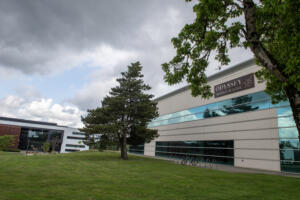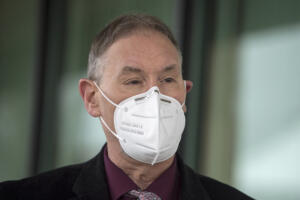As COVID-19 cases continue to climb in Washington state and other parts of the country, parents of school-aged children are wondering what the 2020-21 school year will look like for their families and communities.
In Camas, the current plan calls for younger students to return to in-person learning five days a week while older students in middle and high school will have a blend of in-person and distance-learning classes.
Currently, the district plans to also have a full remote option available for students in all grades and the ability to move into a more flexible hybrid of in-person and remote classes depending on what is happening with the COVID-19 pandemic.
“We are focused on having elementary students come back five days a week,” Camas School District Superintendent Jeff Snell said during a June 24 virtual town hall, adding that Camas elementary schools have enough space for younger students to safely distance from one another.
“We also want to make sure that full remote learning is an option, because there are some families that are worried about (their children returning to full-time, in-person learning in the fall),” Snell said.





